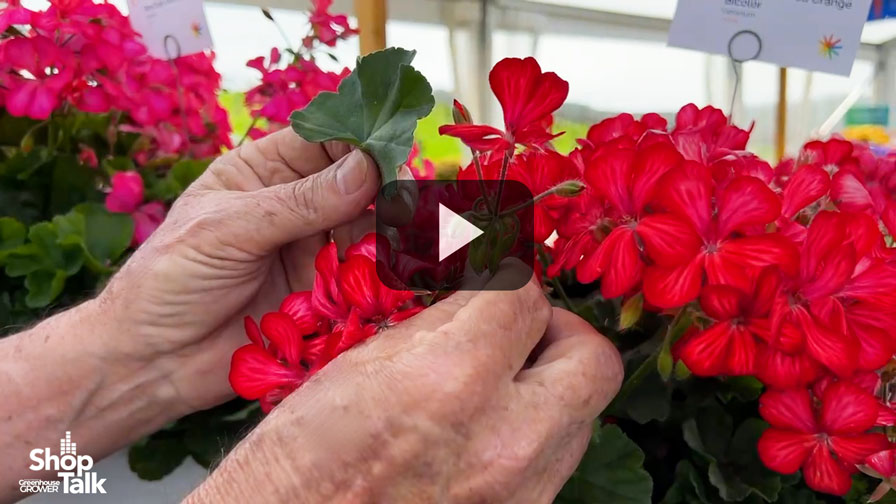Pansies Are the Next Big Thing in Texas Landscaping
The Texas Superstar program recently named pansies as the latest addition to its collection of versatile plants for the tough growing conditions of the state. So, what makes a plant worthy to be a Texas Superstar, and why was the pansy in particular the latest standout in the field?
What Is a Texas Superstar Plant?
Texas Superstars are plants that are extensively tested in locations that match those of the various ecoregions of the Lone Star state, including how well they perform in the growing conditions of heat, cold, and rainfall. Tests are performed by a collection of plant experts from Texas A&M AgriLife, Texas Tech University, AgriLife Extension horticulturists, the Texas Nursery and Landscape Association, and the Texas Department of Agriculture.
For a Texas Superstar plant to be selected, “Every effort is made to ensure that highlighted plants will perform well for Texas consumers.”
Why Are Pansies the Newest Texas Superstar?
Pansies were highlighted not only because of their performance during cold temperatures relative to the state’s zones but also because of their wide variety of color options.
“The unique color combinations and patterns that pansies provide around the house make them a popular choice for gardens and containers,” says Paul Winski, Texas A&M AgriLife Extension Service horticulture program specialist. “There are so many colors. They are always a great option to add a pop of color during the cool season in Texas.”
Growing Practices for Pansies
Categorized as cool-season plants, pansies are primarily planted in the spring or fall due to their ability to withstand the light frosts and cold snaps that often accompany those seasons. Regarding Texas, pansies are often introduced to the market in August with the intention to have them planted by October.
“They hold up well as a cool-season ornamental and provide color at a time of the year when there isn’t much color in the landscape,” says Winski. “People are planting them earlier and earlier, but I think the best time to plant them is around Halloween.”
To get the most out of your pansy plantings, they should be planted in sunny rather than shaded landscapes. Winski also recommends using a 1:1:1: ratio fertilizer, as this application is enough to provide for the plant during its lifecycle. Often content to subsist completely on moisture from rainfall, pansies only require watering when the soil becomes noticeably dry.
For visual planning, pansies will grow between 6 to 12 inches tall with a spread of 6 to 8 inches. For cluster planting, AgriLife Today notes “they will typically fill out when planted 12 inches apart from center to center.”
Practical Applications of Pansies
For landscaping purposes, pansies work best to add color to beds or bordering. Additionally, some varieties of pansies are perfect for singular pieces, such as baskets and containers.
Beyond appearance and decoration purposes, pansies are also used in many skincare and hygiene products due to their analgesic, antioxidant, antipyretic, and diuretic properties, according to Therascience. Because the flowers are also edible, their petals are often employed as garnishes for desserts, drinks, and salads.








